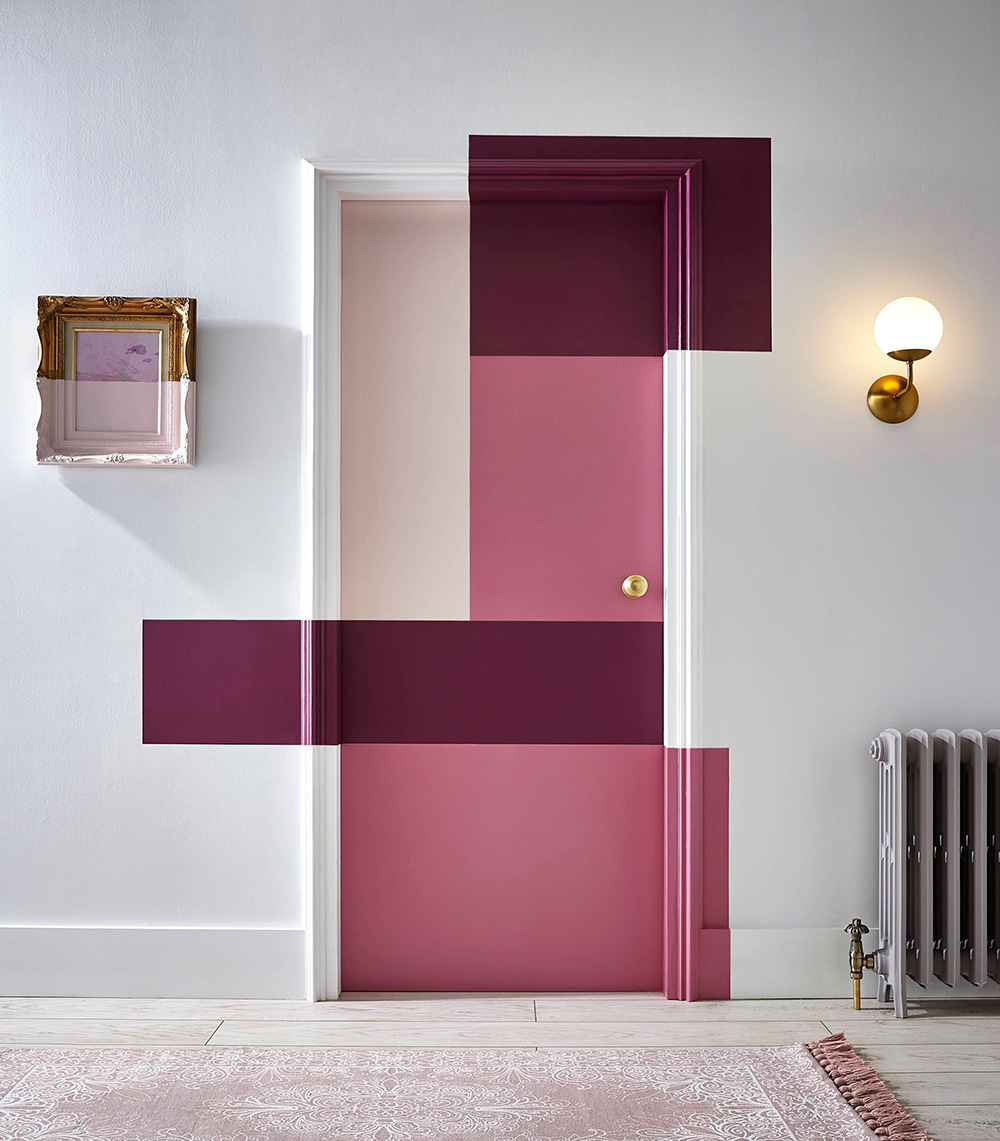What is Eggshell Paint?
Discover the advantages of eggshell paint and why it's a good choice for interiors. Learn how to use it, its benefits, and how it compares to other finishes.
You may have heard of 'eggshell' paint when looking for that cool color to decorate your home. But what is eggshell paint? And what is eggshell paint used for? In this article, we'll look at what an eggshell paint finish means, the difference between satin and eggshell paint, and where it works best. We'll also take a quick look at its pros and cons and how other paints can be used alongside this versatile paint finish.
Eggshell paint is hugely popular in interior design, and there are even outdoor versions, too, allowing eggshell paint to be used in almost any space and on any surface. Let's take a more in-depth look at this very unique type of paint.
Eggshell paint finish
Eggshell paint is not quite a satin finish paint, and it's not quite a matt – it falls somewhere between the two. Generally, Graham & Brown eggshell paints have a 35% sheen level compared to the 1% level in Graham & Brown matt paints and a much higher 70% sheen level in gloss paints. Whereas matt paint tends not to reflect much light (hence its matt appearance), eggshell has a certain amount of sheen, giving it a softer, more 3D effect.
That softness also makes it much more forgiving if your surface isn't quite as smooth as you'd like it to be, with the sheen smoothing out those optical imperfections. And if you're a novice DIY'er, you won't get that overlapping effect when painting that you can get with higher-sheen paints.
However, it's not quite as 'shimmery' as a satin finish, giving it a more subtle tone which means it works well with lighter color and darker, richer tones.

Pros and cons of eggshell paint
Eggshell paint looks amazing and is ideal for use on almost any wall. However, it has a few drawbacks compared to satin or matt paint.
Pros:
It's great if your surface isn't exactly perfect. Eggshell paint is excellent at covering flaws and imperfections for a better finish.
It's ideal for use on walls and trim like skirting boards, doors and window frames and brings a light, bright feel into any space. That makes it particularly good for smaller rooms or spaces such as corridors or hallways.
It's a more affordable option than some satin paints, and has excellent coverage.
It's easy to wipe clean, making it a good choice for kids' bedrooms!
Cons:
Eggshell paint is less durable than satin or matt paint, so you may have to redecorate more often!
It's hard to 'touch up' eggshell paints after it's dried, as even the slightest difference in color will show up.
It's not really ideal for use on ceilings, which need a flatter effect rather than the sheen you get with eggshell paint.
Where eggshell paint is best used
Eggshell paint can look amazing in almost any location, and even though it has lower levels of durability compared to satin, gloss or matt paints, it is still suitable for higher humidity environments such as kitchens or bathrooms. It comes into its own in the living room, though, where that soft shimmer gives even the smallest room a feeling of space and lightness. While you can use eggshell paint on a ceiling, it's not recommended as ceilings should have a 'flat' color rather than a reflective one to ensure that the light dispersal from your main lighting point is directed downwards rather than outwards.
Interior vs exterior eggshell
Outdoor eggshell paints are more resilient to the elements, giving them a tougher, longer-lasting finish. Exterior eggshell paints are ideal for outside doors and window frames, giving them a soft look and lots of kerbside appeal. Make sure you choose exterior paint if you paint any outdoor surfaces, as interior eggshell paints are not tough enough to cope with everything the weather can throw at them!

Other types of paint finishes and how they differ from eggshell
Gloss – Gloss has a much higher sheen index, resulting in a very high shine. It's a very tough, durable paint ideal for furniture that gets a lot of use. That makes it perfect for children's bedrooms, where bright gloss colors can bring a real zing to wardrobes, tables, chairs, and bed frames. Keep its effects under control using complementary eggshell paint on the walls.
Satin sheen – This attractive finish falls between gloss and eggshell. It's regarded as a mid-sheen paint that's also robust enough to cope with high-traffic areas. Satin sheen is ideal for bathrooms and kitchens, as well as hallways that need a little extra light reflectivity.
Matt – With a 1% sheen index, matt paint creates a deep, rich finish with no reflectivity. It can be used in living rooms or bedrooms to make a real statement or perfectly partner with a bold mural wallpaper or feature wall. Using matt paint in a small space can make it feel even more restrictive, so balance it with a complementary eggshell tone to bring a lighter feel back into the room.